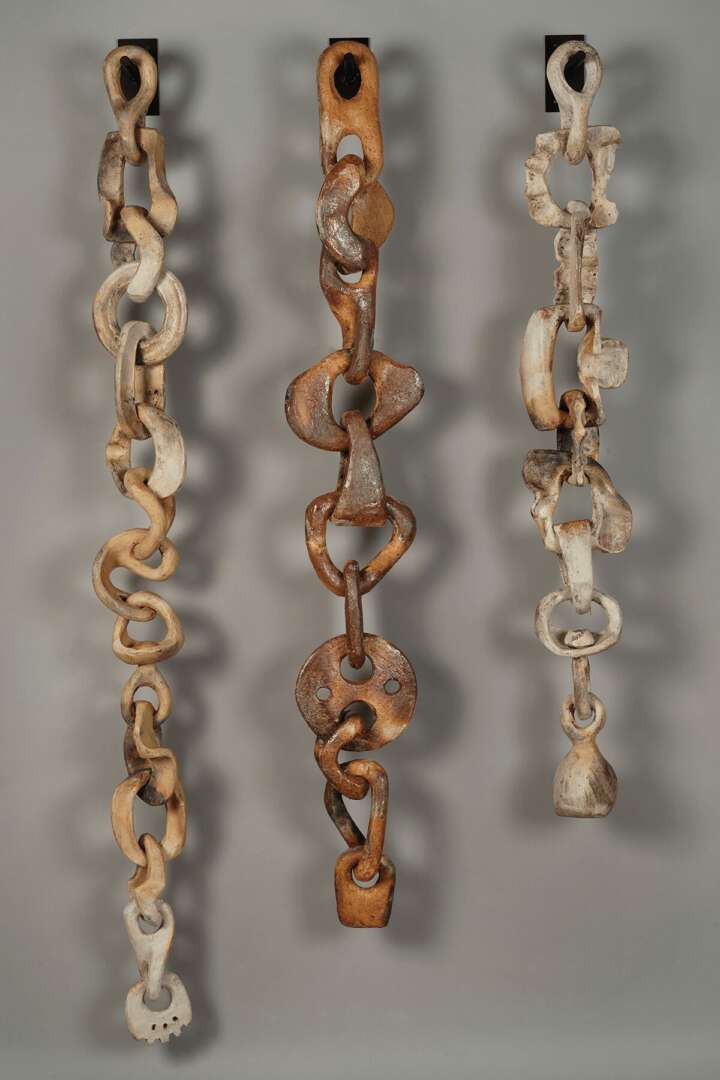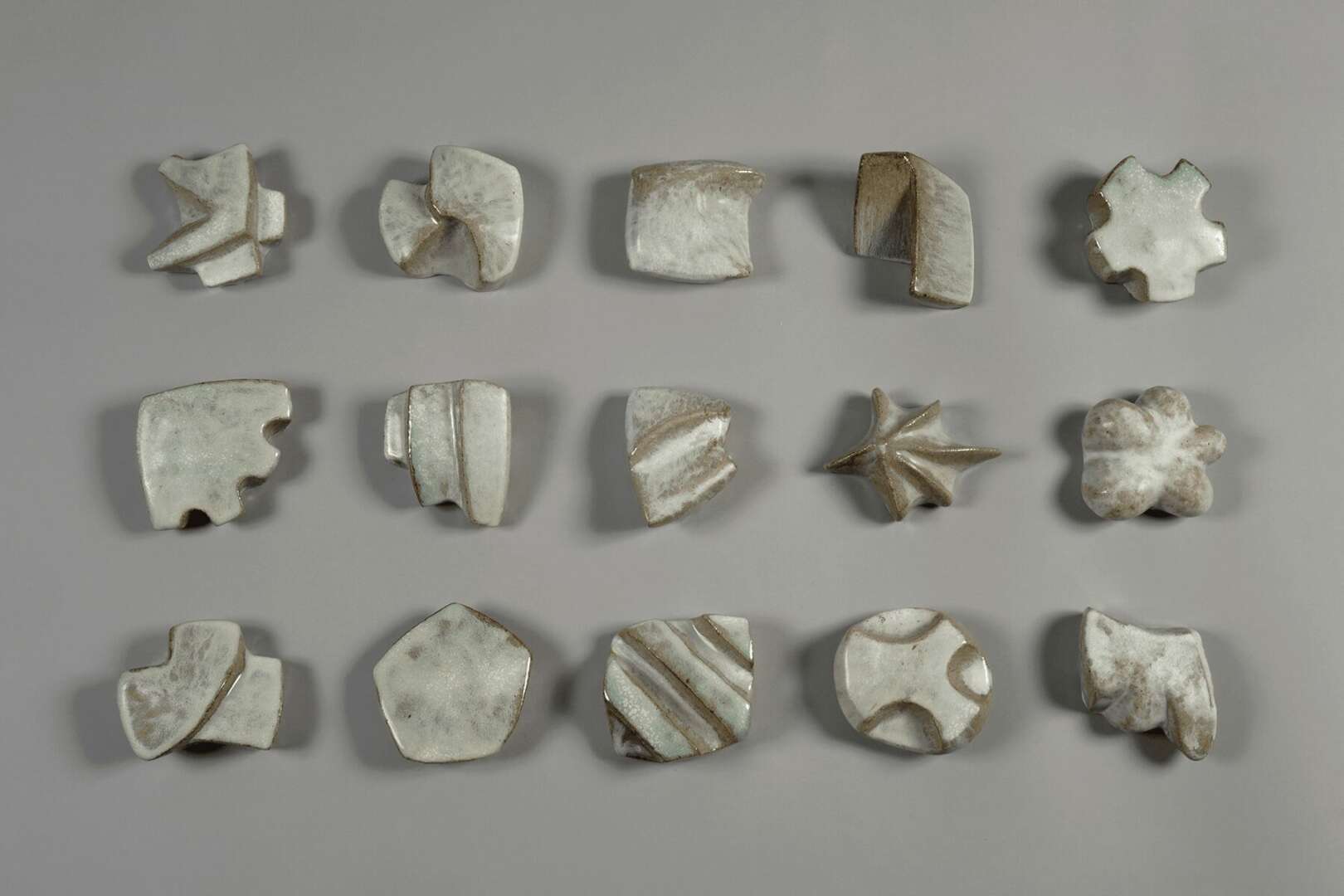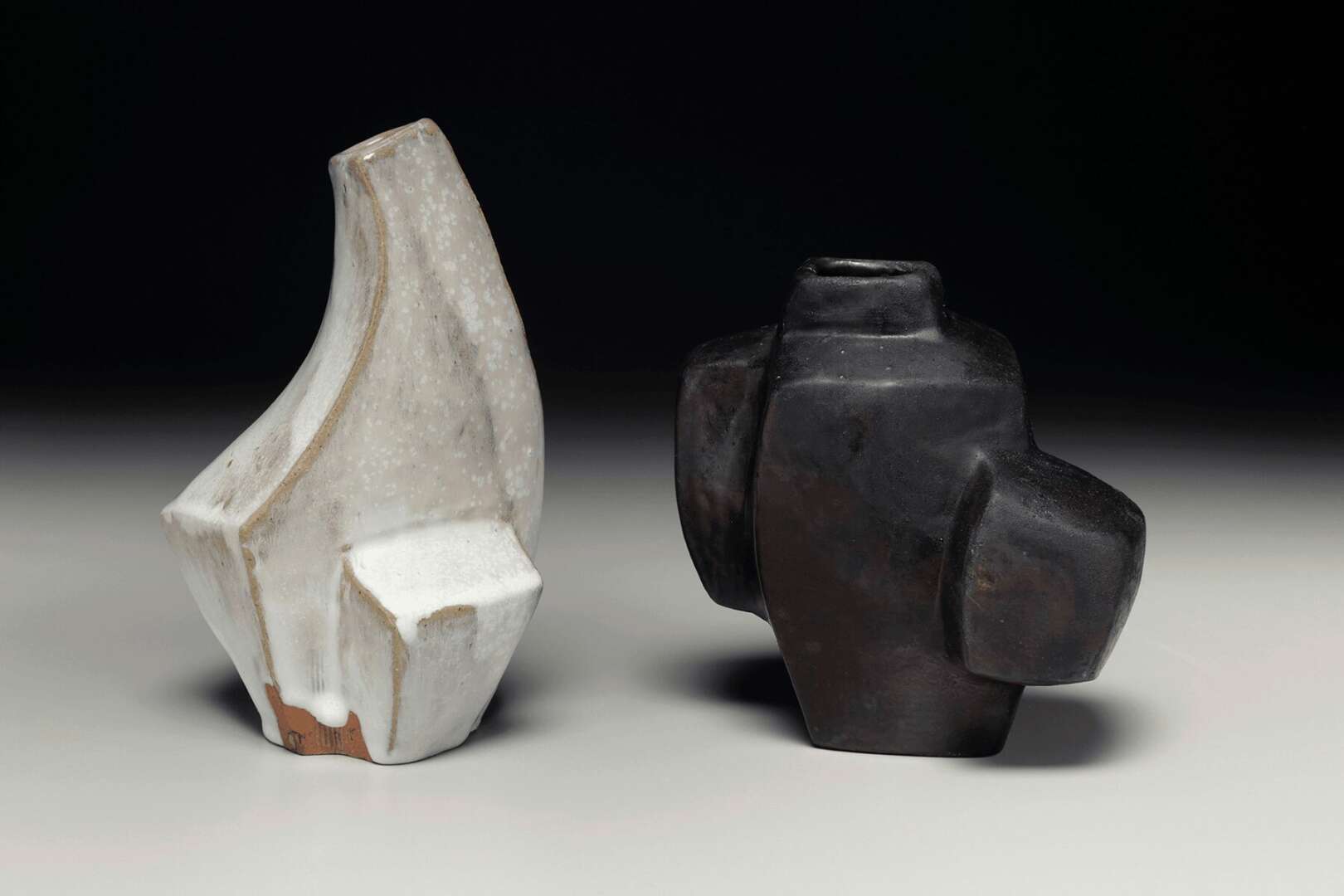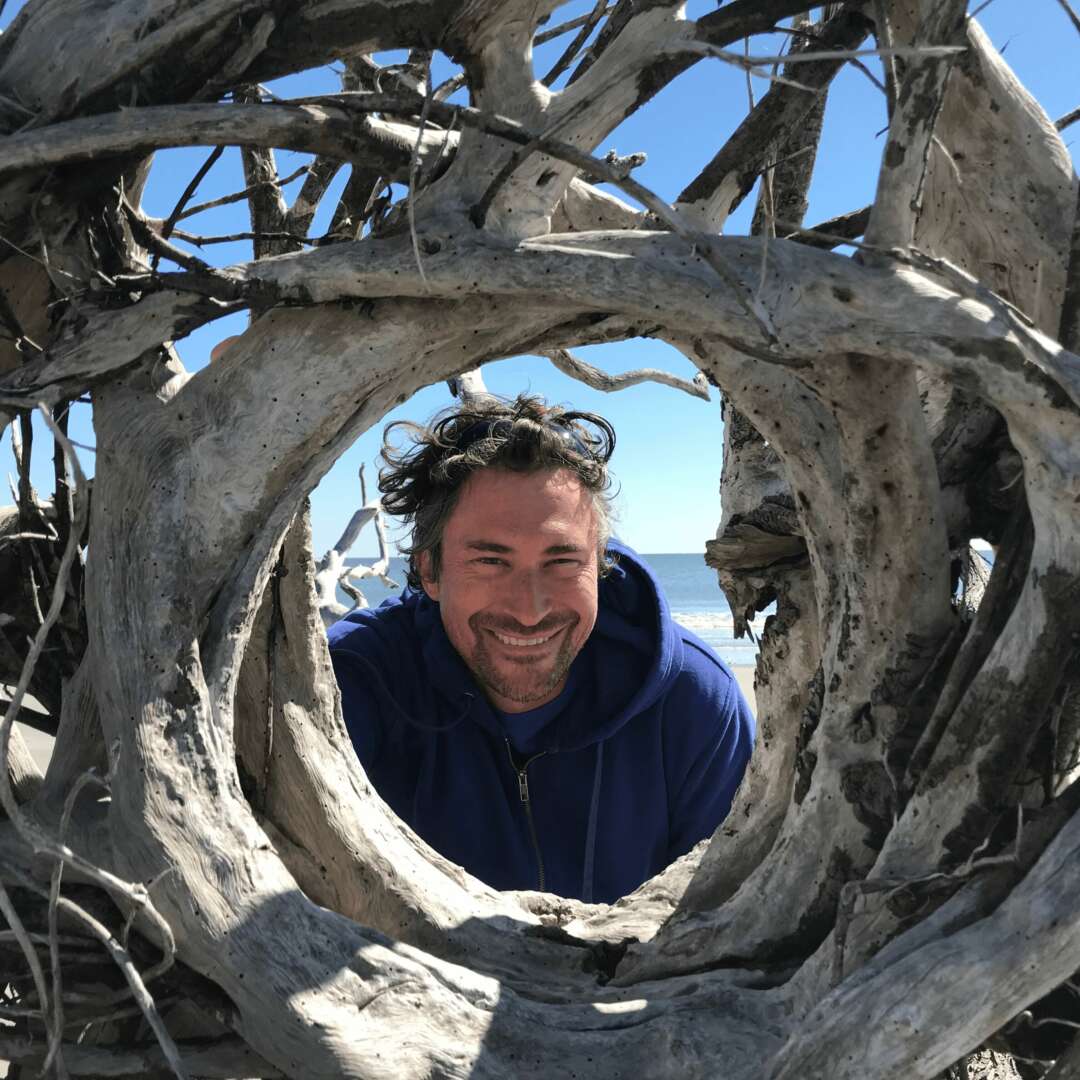We recently connected with Eric Knoche and have shared our conversation below.
Alright, Eric thanks for taking the time to share your stories and insights with us today. Can you talk to us about how you learned to do what you do?
From the first time I touched clay, I knew it was what I wanted to do. The combination of its softness and malleability when its wet and its hardness and durability after its fired is unique and alluring. Actually, before I found clay, I wanted to make art from hot glass. But I just couldn’t wrap my head around how much gas it takes run a glass shop. Of course it can work; there are lots of glass blowing shops and lots of successful glass artists. But I just couldn’t imagine spending hundreds of dollars per week on gas. So after taking some courses in glass blowing I reasoned that glazed clay was kind of similar, but with a lower utility bill. This was before I ever made anything from clay. Then I tried pottery and from the first time I touched clay I knew. A few years later I experienced firing my work in a wood kiln. For me, this was nearly as important as starting to work with clay. The wood kiln can put the most beautiful patina on work. Pots and sculpture fired with can look like they’ve been dug up from the oceans floor after 1000 years, but also can have a very modern sensibility to them.
Its difficult to say what skills are most essential. But I guess I think that its these two: Vision and hard work.

Eric , love having you share your insights with us. Before we ask you more questions, maybe you can take a moment to introduce yourself to our readers who might have missed our earlier conversations?
I make sculptural pottery and abstract sculpture using a variety of hand building techniques including coiling, pinching and working with slabs. I use local materials as much as possible and I typically fire my work with wood.
Over the last twenty years I have focused on firing my work in Japanese-style wood kilns. In particular, I have fired a lot of my work in a style adopted from Bizen, Japan, where the work is covered in charcoal at peak temperature. The patina on the finished pieces is the result of the dynamic interaction between the materials, the forms, the placement and arrangement in the kiln, and the firing.
My most important artistic influence was the annual ‘Whitman’s Sampler’ boxes that my grandma bought for Christmas; the kind where each chocolate is a different shape and style and there is a key on the inside of the box to tell you what’s what. Of course there are other things that have influenced me, but I think that is the earliest and strongest.

We often hear about learning lessons – but just as important is unlearning lessons. Have you ever had to unlearn a lesson?
Its difficult to overstate the importance of failure in my success. Of course, failure is really hard in the moment. Its failure, after all. But looking back on nearly 20 years of making art for a living, most of my successes were the direct result of a previous failure. New successful series of sculptures are often the result of an experiment that doesn’t work well the first time. Oftentimes a small, ancillary aspect of a failed project becomes the focus of a latter successful project.

What’s the most rewarding aspect of being a creative in your experience?
For me the most rewarding aspect of being an artist is the continual growth. To a large extent, the artistic growth comes from the art itself. I mean that after I’ve been working on a series of work for a while, new work seems to rise up on the horizon. Of course I am making/inventing the sculptures, but once they’re made there is a feedback loop where the sculptures help me to grow and change.
Contact Info:
- Website: https://ericknoche.com/
- Instagram: https://www.instagram.com/ericknochestudio/a
- Facebook: https://www.facebook.com/eric.knoche.73




Image Credits
Tim Barnwell Photography


